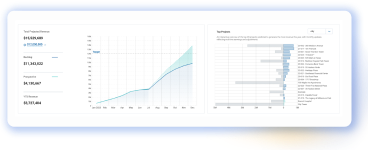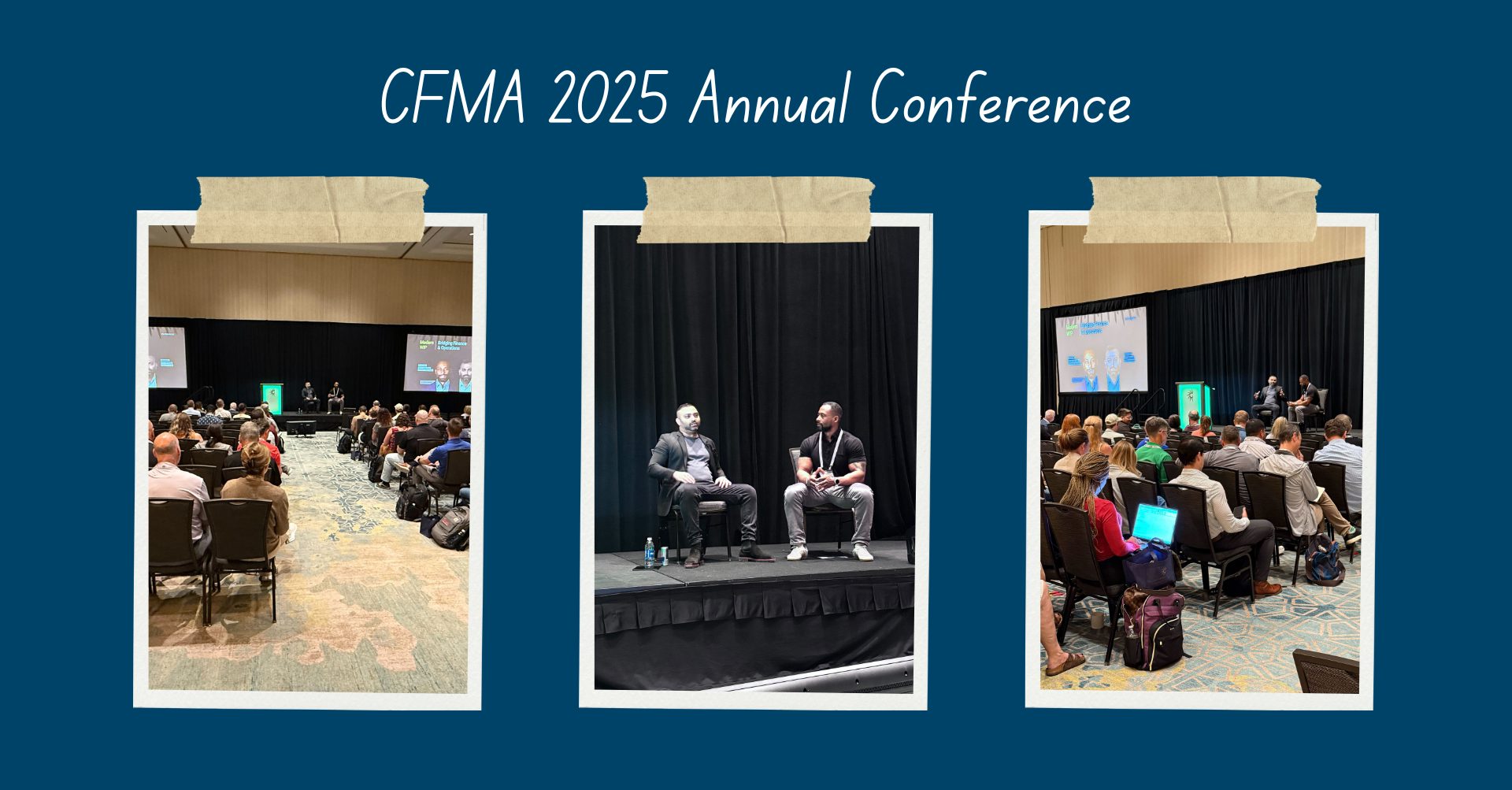The additional schedule field tracks the potential effects of CO requests on the overall schedule. People often focus on dollar amounts in discussions about COs, but their timing impacts are critical, too.
Further down in the report, the line-item field is the place for breakdowns of more granular details. Here you can input the hours required for the CO request based on different labor roles. ProNovos will use the already established settings for the CO request to calculate the labor rate, bond rate, subtotal cost and profit and overhead to give the subtotal contract amount.
The materials section of this page allows users to describe materials needed for the CO, along with quantities and costs. Again, the system calculates totals automatically. Users can even attach vendor quotes with the click of a button. They can add other details related to equipment and subcontractors in the line-item section as well. Clicking a plus sign allows you to add other line items as needed.
Total cost and profit are easy to see within the CO request.
The final section of the report—comments and qualifications—is the place for any contractual language that needs to be inserted as part of the request. For example, “Both parties agree that ACME Contracting will move the toilet and is not responsible for the seal between the toilet and the tile.”
Once the CO request is finished, users can click a button to email it to the client or GC. The system will log the CO request and track its status. If requests are rejected, any subsequent revisions and their impacts will be stored as well.
When our CO Request Module ties into our Issue Tracking module (a planned update), field personnel will be able to use ProNovos to notify the PM of an issue, at which point the PM can then authorize the submission of a formal CO request, all within ProNovos.
We’re also working on an analytics dashboard geared specifically toward identifying company and project trends on CO requests. It will function much like our analytics dashboard for approved change orders.
The goal is to give immediate insights into how the CO process impacts financials. Analytics also allows contractors to track the aging of CO requests and follow up to keep them from getting too stale. (Once CO requests reach a certain vintage, so to speak, they are unlikely to ever be approved.)
Getting more efficient with this basic process may not be on every contractor’s radar screen, but at ProNovos, we wholeheartedly agree with the view of Ken Hedlund (CPA, CGMA), Principal of Somerset CPAs and Advisors and head of the Top 100 CPA firm’s dedicated Construction practice: “Our view is that no matter how good you are right now, you can always get better.”




